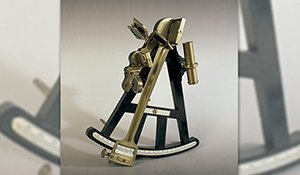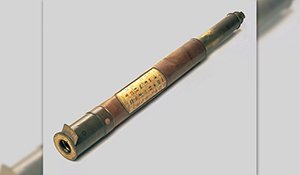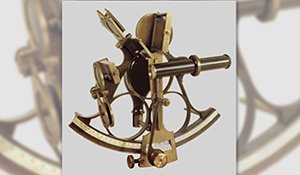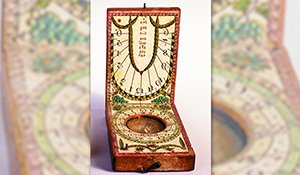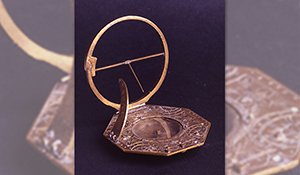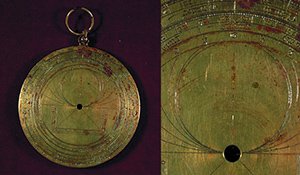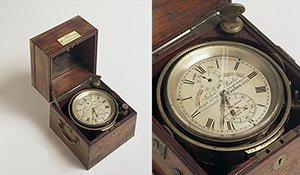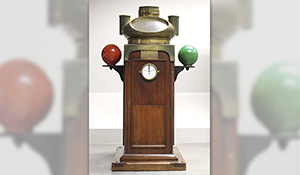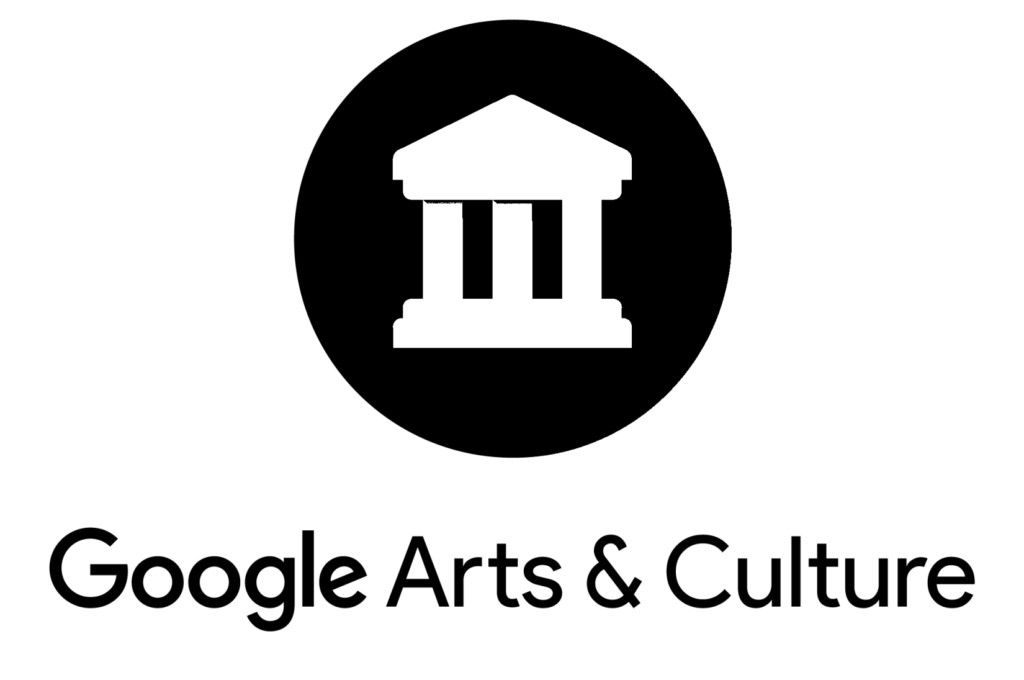Navigation is about moving from one place to another in the safest and fastest way possible. We need to know where we are, where we want to go and which path is best. But at sea, with no references other than the sky and the sea itself, the need to navigate drove the development of a series of techniques that combine maths, physics, astronomy, meteorology and any other possible resources. Using artificial references like latitude and longitude, sophisticated systems have been created to help us find our way. Humans have developed and built a range of instruments and mechanisms that have allowed them to measure the height of the sun and the stars (like the 14th-century astrolabe or the sextant), find magnetic north (compasses, sometimes inside binnacles), measure time (chronometers), measure the speed of ships (chip logs), see far away (spyglasses), etc. The combination of knowledge and use of these tools allowed for an understanding of the natural environment that has served navigation both on water and in the air.
The Maritime Museum of Barcelona holds a rich collection of instruments and other artefacts related to the art of navigating and understanding the sea and the sky, applying human ingenuity to problems that once seemed impossible to solve.





